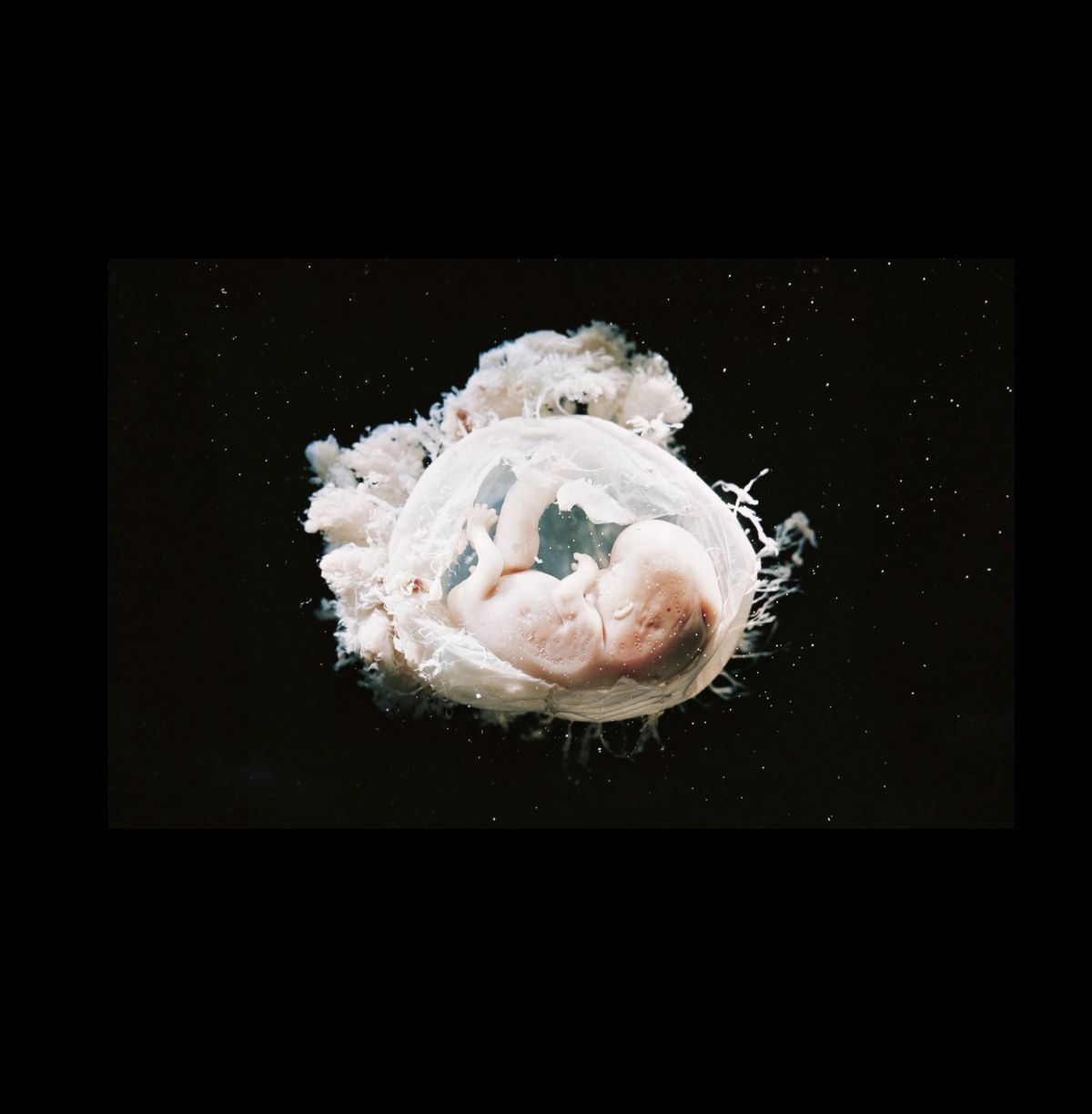When Raelin Scurry went into labor on August 5 at just 29 weeks, and then delivered her baby in her car while her fiancé drove to the hospital, that would have been enough of a crazy birth story in itself.
But the new parents, who live in Pittsburgh, were in for a whole new surprise when they got a first glimpse of their son—and realized that he'd been born in his amniotic sac, the thin film that surrounds the baby and amniotic fluids in the womb.
In the midst of all the chaos, Scurry and her fiancé managed to capture a breathtaking photo of the extremely rare occurrence, which she posted on Instagram last week. She wrote that a 911 dispatcher told the couple to pull over after she gave birth, “but I knew we would make it to the hospital before they would make it to us.”
“At first the baby was still and all I could do was pray he would be okay,” Scurry wrote. “And then I rubbed his face with my thumb and he pulled his little hands and feet up to his face as if he understood my prayers and wanted to reassure us he was okay.”
About seven minutes passed between the time the baby was born and their arrival at the hospital, where “a familiar face came running out and grabbed my baby.” Luckily, Ean is “doing wonderfully all things considered,” his mother wrote a few weeks after his birth.
RELATED: 9 Women on the Weird Way They Brought on Childbirth
Baby Ean isn’t the first infant born in his amniotic sac, but he is part of a very exclusive club. Only about one in 80,000 births involve an amniotic sac, according to Cedars-Sinai Medical Center in Los Angeles, where doctors delivered a baby in his sac (and yes, also posted about it on social media) back in 2015.
Last February, another video of a baby being born “en caul,” as amniotic-sac births are sometimes called, also went viral on Facebook, racking up 26 million views.
So why does this strange occurrence happen? The amniotic sac and the fluid inside it cushion and shield the baby during pregnancy, says Christine Greves, MD, an obstetrician-gynecologist at the Winnie Palmer Hospital for Women and Babies in Orlando. "I describe it to my patients as kind of a water balloon," says Dr. Greves, who has not treated Scurry and her son but who has delivered other babies en caul.
The sac normally ruptures just before birth—that’s what’s going on when a woman’s “water breaks.” Doctors can also deliberately puncture the sac at the hospital if it doesn’t happen naturally when a woman goes into labor, or they may pierce through it while making an incision during a Cesarean delivery.
Usually, the sac becomes part of the placenta and is delivered after a baby is born. But occasionally, parts of the sac can be delivered at the same time as the baby. A portion can become stuck on or around the baby’s head and face, for example, and can resemble a helmet. (The word caul is derived from the Latin for helmet.)
Very rarely—and most commonly in premature births—the amniotic sac remains intact, with the baby still inside. "The mother's cervix is dilated and the baby just comes out, before the bag of water has a chance to break," says Dr. Greves.
In the womb, the sac is connected to the placenta, which provides oxygen to the baby. But after birth, the sac has to be ruptured within a few minutes so the baby’s lungs can begin to take in oxygen on their own.
RELATED: 10 Foods Pregnant Women Shouldn't Eat
Occasionally, says Dr. Greves, doctors will purposefully deliver babies in their sacs, especially premature ones. "We like to deliver them en caul when they're early, because it's a way of protecting the baby through the birth process—kind of like in the movie Bubble Boy," she says.
Amos Grunebaum, MD, director of obstetrics at NewYork-Presbyterian Weill Cornell Medical Center, has also written about babies born “en caul” on his website, BabyMed. The one in 80,000 statistic refers to all babies born “with” a caul (just part of the sac), according to Dr. Grunebaum, so Ean’s birth seems to be even rarer than the numbers claim.
Dr. Greves says there's no evidence that being born with a caul or en caul has any safety or long-term health implications for mom or baby, as long as they both get the proper care immediately after birth. In fact, throughout history, a caul has been seen as a positive thing—a sign of good luck, for example, or an indication that the child has special powers. As far as we can tell, Scurry’s “miracle baby” is already living up to his storied reputation.
